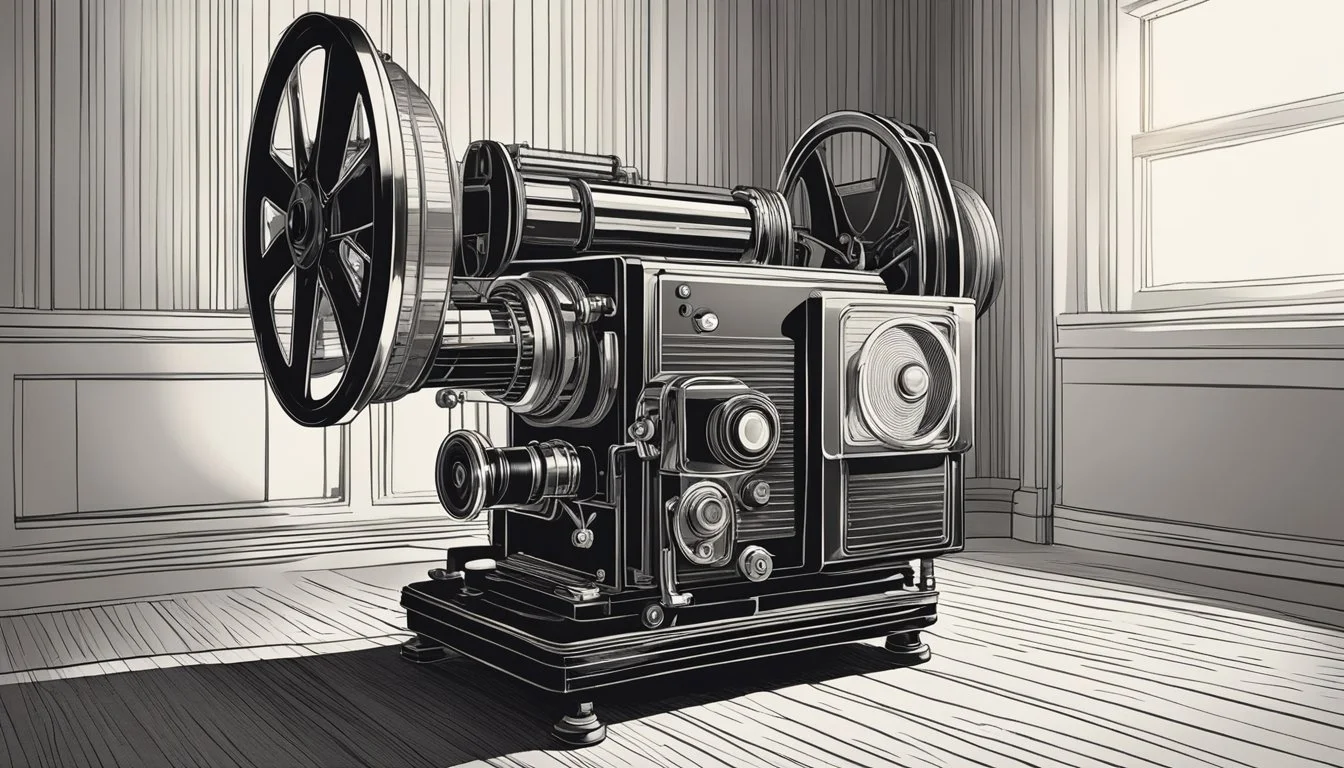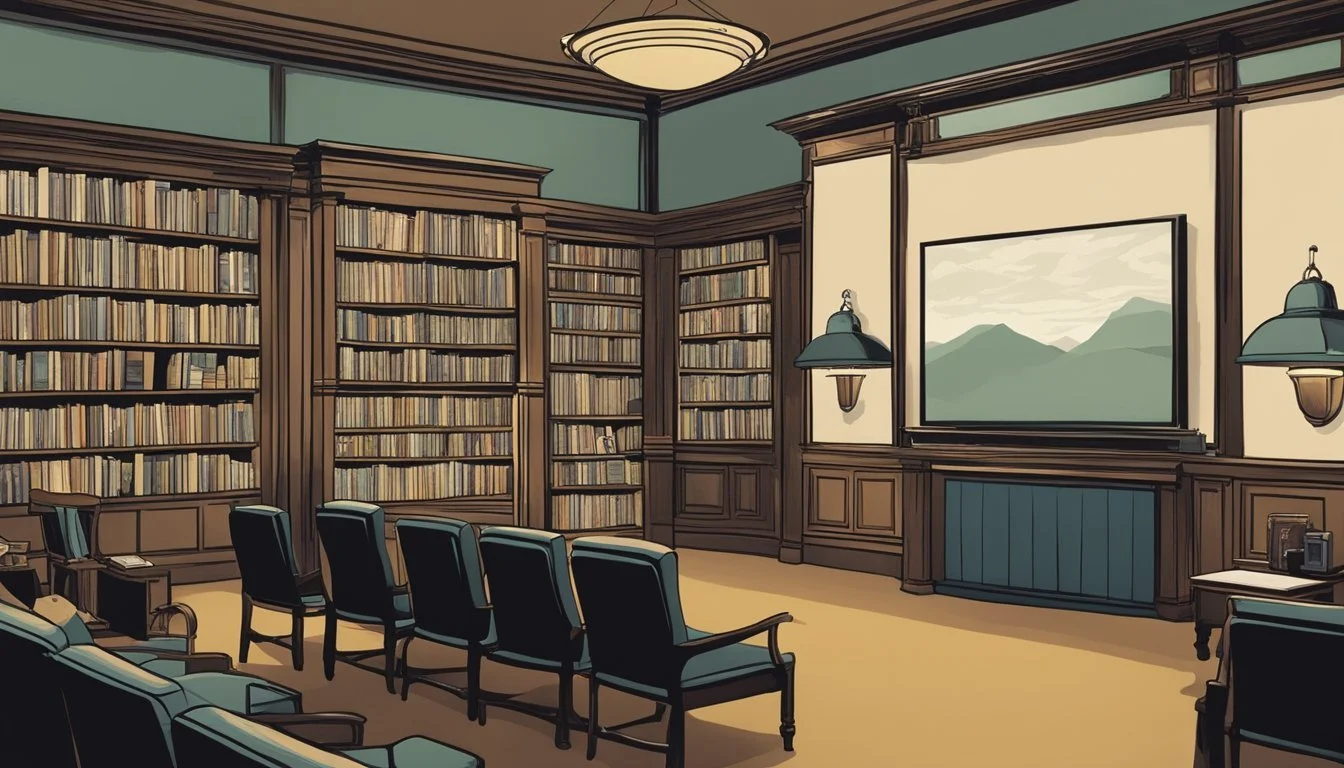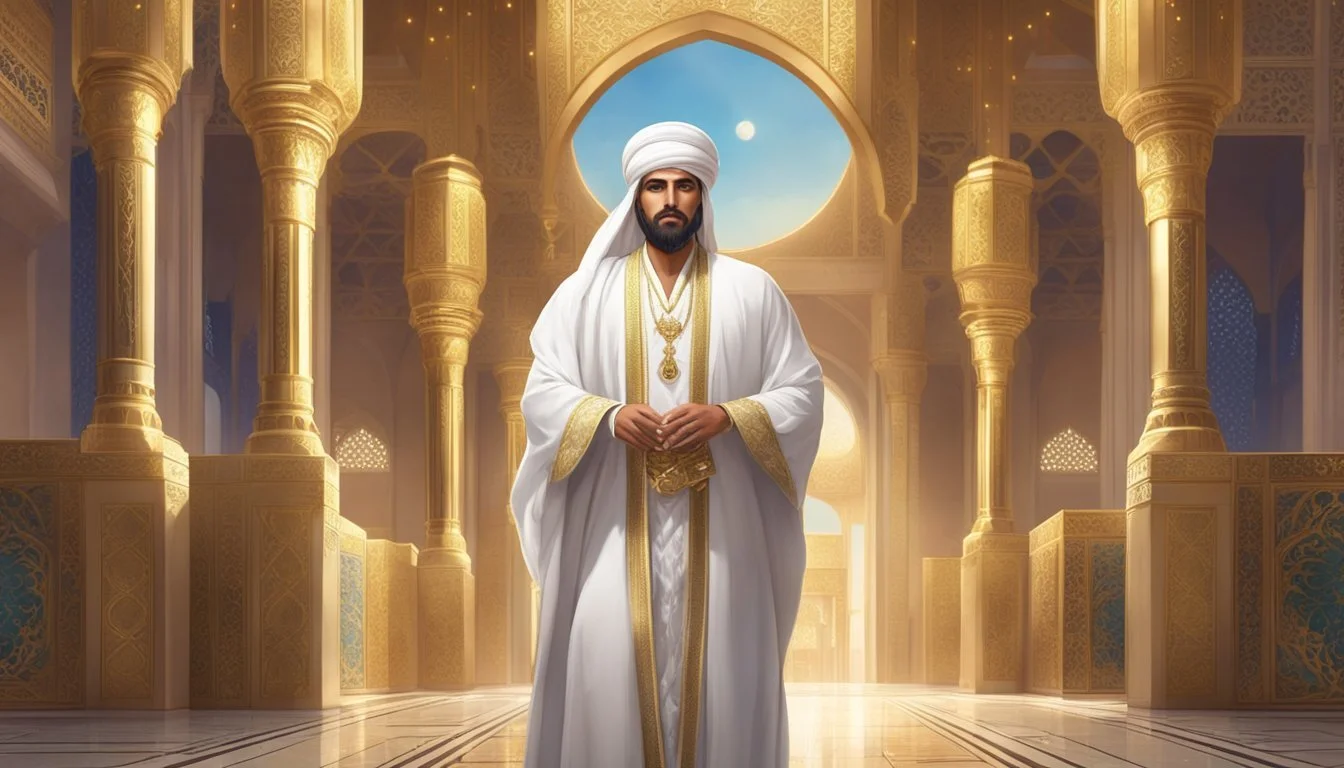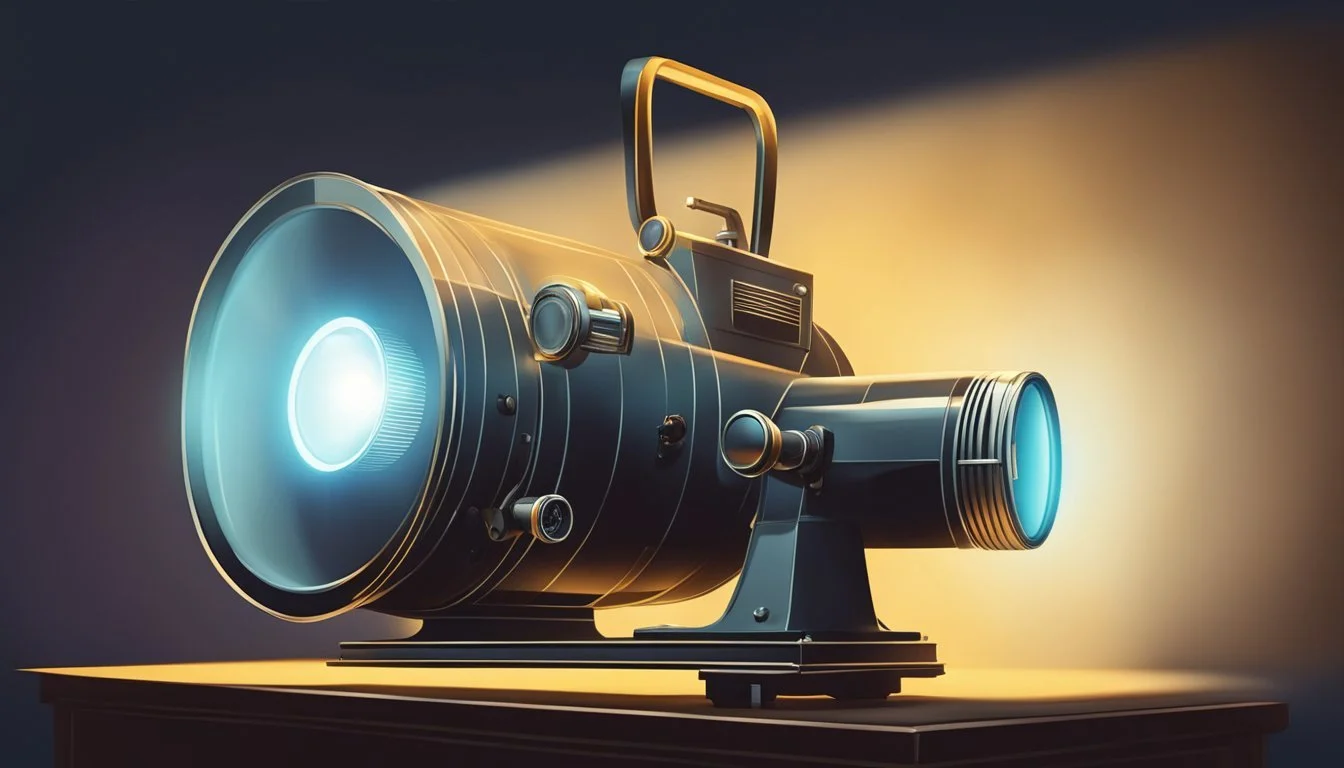Top Documentaries of 1952
Groundbreaking Films That Shaped the Genre
The year 1952 marked a significant period in documentary filmmaking, with numerous groundbreaking works released during this time. Documentaries from this era captured important historical events, social issues, and cultural phenomena, providing valuable insights into the world of the early 1950s.
Several notable documentaries from 1952 continue to be recognized for their artistic merit and historical significance. These films employed innovative techniques and storytelling approaches that influenced future generations of filmmakers. From intimate personal narratives to sweeping explorations of society and nature, the documentaries of 1952 offer a fascinating glimpse into the artistic and social landscape of the time.
1) The Quiet One (1948)
The Quiet One stands out as a groundbreaking documentary from the late 1940s. Directed by Sidney Meyers, it follows the rehabilitation of a troubled 10-year-old African-American boy named Donald.
The film features narration by Gary Merrill and commentary written by renowned author James Agee. It takes a compassionate look at Donald's emotional struggles and the efforts to help him.
Critics praised The Quiet One for its sensitive portrayal of childhood trauma. The New York Times named it one of the 10 best films of 1948-1949. It also garnered Academy Award nominations for Best Documentary Feature and Best Story and Screenplay.
Unlike some other social issue films of its era, The Quiet One does not focus on Donald's race. Instead, it presents him simply as a child in need of care and support.
The documentary's empathetic approach and artistic merit helped establish it as an influential work in the genre. It continues to be studied for its groundbreaking depiction of child psychology and rehabilitation.
More information on The Quiet One
2) A Queen Is Crowned (1953)
A Queen Is Crowned is a British documentary film that captures the coronation of Queen Elizabeth II. The film provides a detailed account of this historic event, which took place on June 2, 1953.
Directed by Castleton Knight and written by Christopher Fry, the documentary features narration by acclaimed actor Laurence Olivier. The film showcases the grandeur and pageantry of the coronation ceremony in vibrant Technicolor.
A Queen Is Crowned received critical acclaim and garnered several accolades. It was nominated for the Academy Award for Best Documentary Feature and won the inaugural Golden Globe Award for Best Documentary Film.
The film offers viewers a comprehensive look at the coronation proceedings, from the procession to Westminster Abbey to the crowning itself. It captures the atmosphere of excitement and national pride that surrounded this momentous occasion.
A Queen Is Crowned stands as an important historical record, preserving the details of Queen Elizabeth II's coronation for future generations. It remains a significant documentary in British cinema history.
More information on A Queen Is Crowned
3) The Living Desert
"The Living Desert" is a groundbreaking nature documentary released in 1953. Directed by James Algar, it showcases the diverse wildlife and ecosystems of the American Southwest desert.
The film captures the daily lives of various desert creatures, including scorpions, rattlesnakes, and roadrunners. Its innovative cinematography brings viewers up close to rarely seen animal behaviors and interactions.
"The Living Desert" was produced by Walt Disney as part of the True-Life Adventures series. It garnered critical acclaim and won the Academy Award for Best Documentary Feature in 1954.
The documentary's success helped popularize the nature film genre and set new standards for wildlife cinematography. It demonstrated that seemingly barren desert landscapes are actually teeming with life.
Running at 69 minutes, "The Living Desert" combines stunning visuals with informative narration by Winston Hibler. The film's ability to educate and entertain audiences simultaneously contributed to its lasting impact on nature documentaries.
More information on The Living Desert (1953)
4) Othello
Orson Welles directed and starred in the 1951 film adaptation of Shakespeare's "Othello." The movie received critical acclaim, winning the Grand Prix at the 1952 Cannes Film Festival.
Welles faced numerous challenges during production, including financial difficulties. The film took four years to complete as he struggled to secure funding. Despite these setbacks, Welles delivered a visually striking and innovative interpretation of the classic tragedy.
The black-and-white cinematography and creative use of locations in Morocco and Italy contributed to the film's unique aesthetic. Welles' performance as the titular Moor of Venice was particularly noteworthy, showcasing his commanding screen presence.
While not a traditional documentary, "Othello" provides insight into Welles' filmmaking process and his approach to adapting Shakespeare for the screen. The film's production struggles and eventual success make it an intriguing subject for cinema enthusiasts.
More information on Orson Welles' Othello (1951)
5) Moulin Rouge (1952)
Moulin Rouge is a vibrant biographical drama directed by John Huston. The film depicts the life of renowned French artist Henri de Toulouse-Lautrec in 19th-century Paris.
José Ferrer delivers a compelling performance as Toulouse-Lautrec, capturing the artist's physical challenges and creative genius. The movie vividly portrays the bohemian subculture of Montmartre and the iconic Moulin Rouge nightclub.
Huston's direction brings 1890s Paris to life with stunning cinematography and rich, colorful scenes. The film's visual style mirrors Toulouse-Lautrec's distinctive artwork, immersing viewers in his world.
Zsa Zsa Gabor and Suzanne Flon provide strong supporting performances as key figures in the artist's life. The screenplay, co-written by Huston and Anthony Veiller, is based on Pierre La Mure's novel.
Moulin Rouge earned seven Academy Award nominations, including Best Picture and Best Actor for Ferrer. It won Oscars for Best Art Direction and Best Costume Design, showcasing its visual splendor.
6) Singin' in the Rain (1952)
Singin' in the Rain is a beloved American musical comedy that showcases the transition from silent films to "talkies" in Hollywood. Directed by Gene Kelly and Stanley Donen, the film stars Kelly, Donald O'Connor, and Debbie Reynolds in iconic roles.
The movie features unforgettable song and dance numbers, including the titular "Singin' in the Rain" sequence performed by Kelly. O'Connor's acrobatic "Make 'Em Laugh" routine and the trio's energetic "Good Morning" dance are other standout performances.
Set in 1927, the story follows silent film stars adapting to the advent of sound in motion pictures. The plot is filled with humor, romance, and behind-the-scenes Hollywood satire.
Despite its modest initial reception, Singin' in the Rain has since been recognized as one of the greatest films ever made. It has appeared multiple times on Sight & Sound's list of the ten best films of all time.
The film's witty screenplay by Betty Comden and Adolph Green earned them the Screen Writer's Guild of America award for Best Written Musical in 1952. Donald O'Connor also won a Golden Globe for his performance.
7) High Noon (1952)
High Noon stands as a groundbreaking Western film directed by Fred Zinnemann. It stars Gary Cooper as Marshal Will Kane, who must face a gang of killers alone.
The film unfolds in real-time, adding tension and immediacy to the story. Its runtime closely matches the events depicted on screen, creating a unique viewing experience.
High Noon breaks from traditional Western conventions by focusing on moral dilemmas and social commentary rather than action-packed gunfights. The film explores themes of duty, courage, and community responsibility.
The movie's production faced challenges due to the political climate of the time. Screenwriter Carl Foreman was blacklisted during filming, adding controversy to the project.
Despite initial mixed reviews, High Noon went on to win four Academy Awards, including Best Actor for Gary Cooper. It has since been recognized as a classic of American cinema.
8) The White Sheik (1952)
"The White Sheik" marks Federico Fellini's debut as a solo director. This Italian romantic comedy showcases Fellini's early artistic vision and storytelling prowess.
The film follows a newlywed couple on their honeymoon in Rome. The bride, played by Brunella Bovo, secretly pursues her fantasy of meeting the White Sheik, a romantic hero from photo-novels.
Alberto Sordi portrays the titular character, while Leopoldo Trieste plays the perplexed groom. Giulietta Masina, Fellini's wife, also appears in a small but memorable role.
Fellini draws from his background as a cartoonist, infusing the film with whimsical elements and gentle humor. The story explores themes of fantasy, reality, and marital expectations.
"The White Sheik" received mixed reviews upon release but has since gained recognition as an important early work in Fellini's celebrated filmography.
9) Limelight (1952)
"Limelight" is a poignant film directed by and starring Charlie Chaplin. Set in London in 1914, the movie tells the story of Calvero, a washed-up stage clown struggling with his fading career.
Chaplin delivers a heartfelt performance as Calvero, who forms a touching friendship with a young, suicidal ballet dancer played by Claire Bloom. The film explores themes of aging, lost glory, and the enduring power of art.
"Limelight" features Chaplin's signature blend of comedy and pathos, with moments of humor interspersed throughout the melancholic narrative. The film also includes a memorable scene with Buster Keaton, marking the only on-screen collaboration between the two silent film legends.
While not strictly a documentary, "Limelight" offers a deeply personal and introspective look at Chaplin's own career and reflections on show business. The film's autobiographical elements provide insight into the mind of one of cinema's greatest artists.
10) The Bad and the Beautiful (1952)
"The Bad and the Beautiful" is a Hollywood classic directed by Vincente Minnelli. This black-and-white melodrama stars Kirk Douglas as Jonathan Shields, an ambitious and unscrupulous film producer.
The movie explores the cutthroat nature of the film industry through Shields' relationships with an actress, a director, and a writer. It showcases the glamour and darkness of Hollywood in equal measure.
Lana Turner delivers a standout performance as Georgia Lorrison, an actress struggling with alcoholism. Walter Pidgeon and Dick Powell round out the stellar cast, adding depth to the film's exploration of ambition and betrayal.
"The Bad and the Beautiful" received critical acclaim and won five Academy Awards. Its innovative storytelling structure, featuring flashbacks from multiple characters, set it apart from other films of its era.
Minnelli's direction and Robert Surtees' cinematography create a visually striking portrayal of 1950s Hollywood. The film's examination of the movie-making process remains relevant today.
Thematic Exploration of 1952 Documentaries
The documentaries of 1952 reflected the social, cultural, and political landscape of the early 1950s. These films captured key issues and perspectives of the time through their diverse subjects and approaches.
Social and Cultural Reflections
"Water Birds" explored the natural world, showcasing the beauty and behavior of various avian species. This documentary highlighted a growing interest in wildlife conservation and environmental awareness.
The groundbreaking "This Is Cinerama" revolutionized the cinematic experience. It introduced audiences to widescreen technology, immersing viewers in a new visual format that would shape film presentation for decades to come.
"Victory at Sea" commemorated the U.S. Navy's role in World War II. This influential series blended archival footage with a stirring musical score, setting a new standard for historical documentaries and influencing public perception of the recent conflict.
Political Contexts
"The Hoaxters" addressed the perceived threat of communism to American society. Nominated for an Academy Award, it reflected the intense anti-communist sentiment prevalent during the early Cold War era.
"Wilhelm Pieck - Das Leben unseres Präsidenten" documented the life of East Germany's first president. This film provided insight into the political landscape of post-war Europe and the emerging communist states.
"Wyscig pokoju - Warszawa-Berlin-Praga" covered the Peace Race cycling event. It subtly promoted cooperation between Eastern Bloc countries, demonstrating how sports could be used as a tool for political messaging.
Influence on Filmmaking Trends
The documentaries of 1952 introduced innovative techniques and approaches that shaped future filmmaking. They pushed the boundaries of visual storytelling and expanded the possibilities of non-fiction cinema.
Cinematic Techniques
Documentaries from 1952 pioneered the use of handheld cameras, allowing for more intimate and spontaneous footage. This technique became a hallmark of cinéma vérité in later years.
Filmmakers experimented with creative editing styles, blending observational footage with interviews and narration. This multi-layered approach added depth and context to their subjects.
Some documentaries incorporated reenactments alongside real footage, blurring the lines between fact and dramatization. This controversial technique sparked debates about authenticity in non-fiction filmmaking.
The use of sync sound recording equipment improved, enabling filmmakers to capture live dialogue and ambient audio with greater fidelity. This technological advancement enhanced the sense of realism in documentaries.
Innovative directors explored the potential of montage to create emotional impact and convey complex ideas through visual juxtaposition. Their work influenced both documentary and narrative filmmaking for decades to come.








